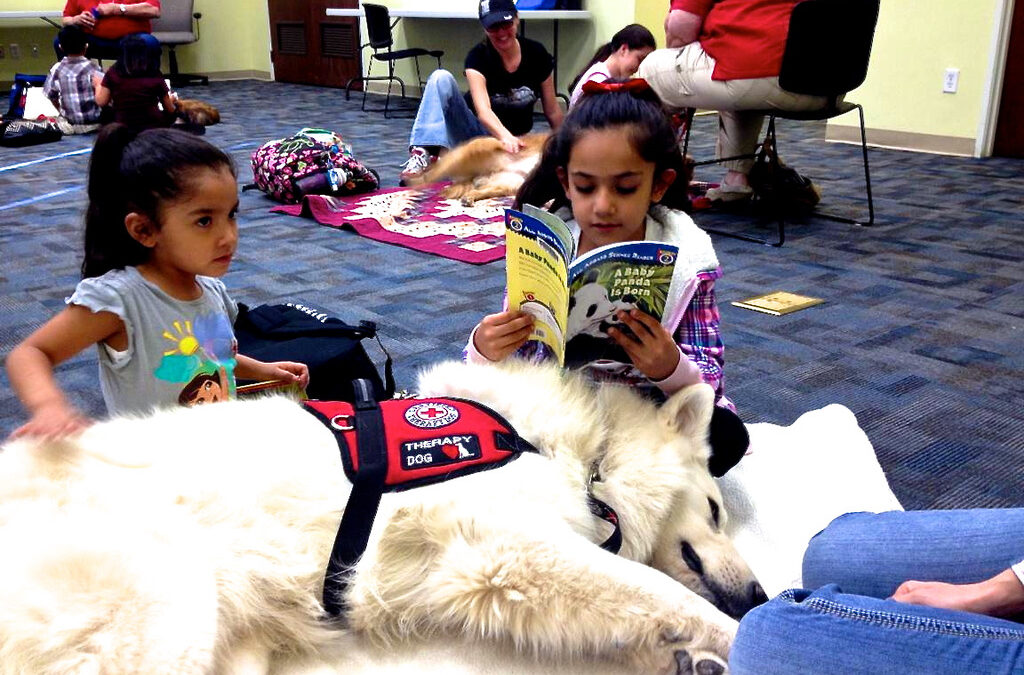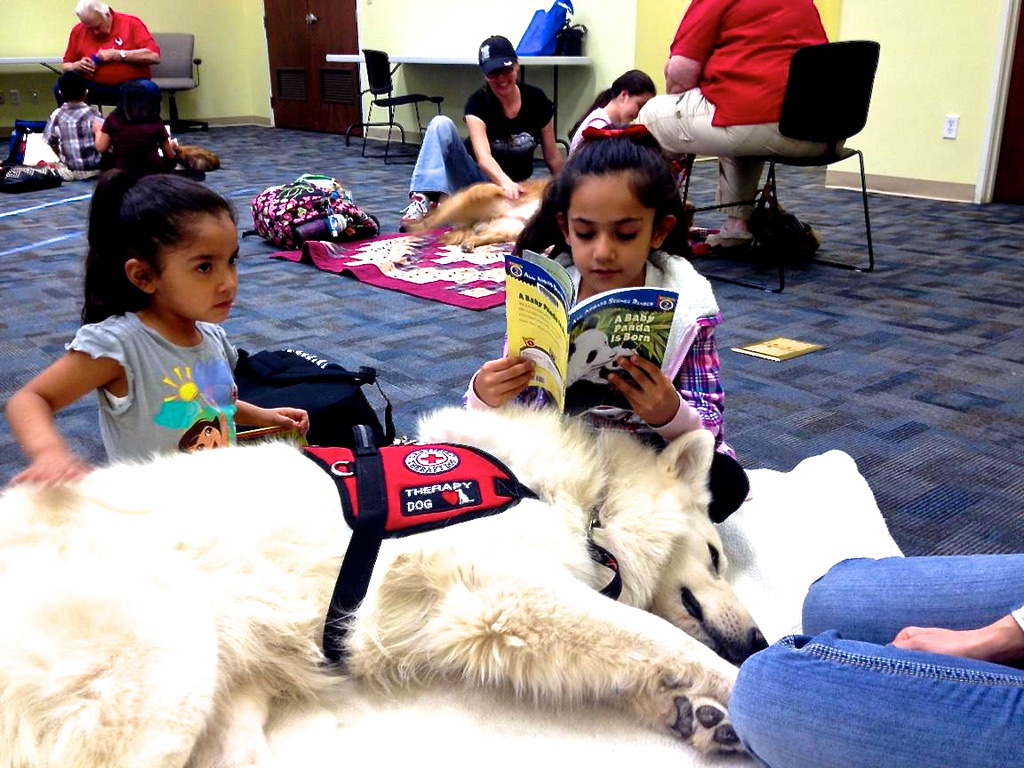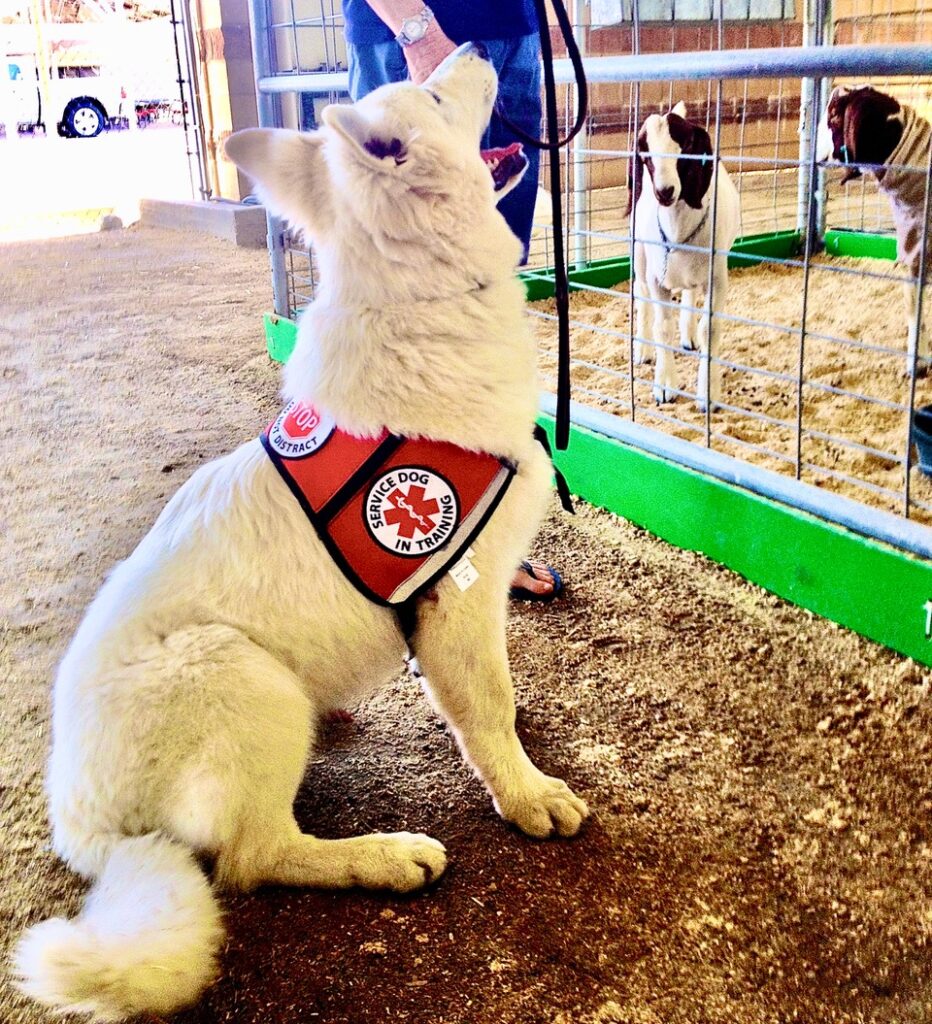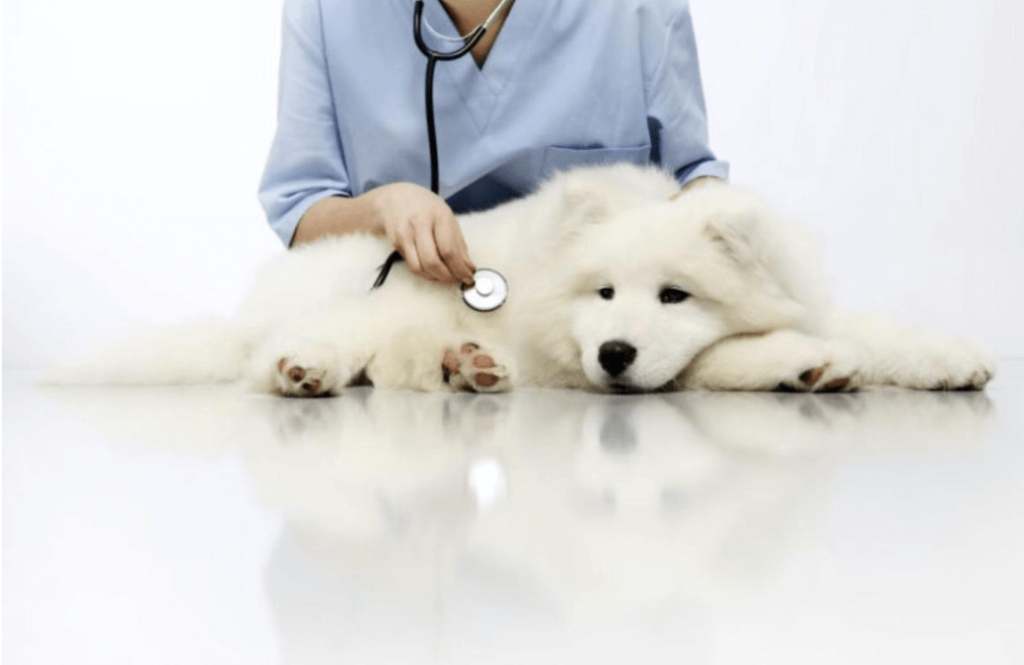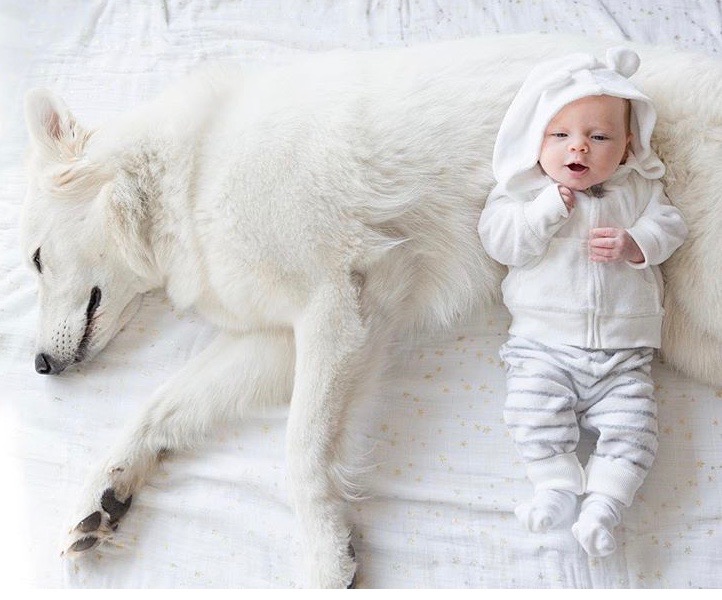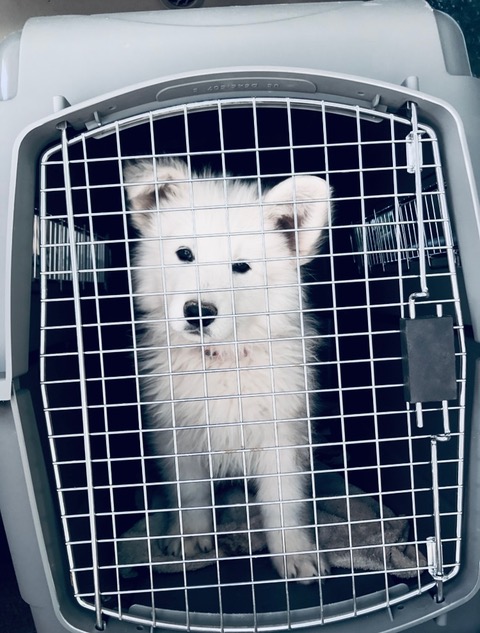
Why You Should Crate Train Your White Swiss Shepherd


At Dances with Wolves Ranch, we strongly recommend crate-training puppies early. It is good for your dog and your family for many reasons, but here are our top five.
1. Mimics Their Natural Environment
First, dogs are naturally den animals. Some people express concern about “caging” their dog, but dogs, it turns out, feel more comfortable and safer when in a small, enclosed space.
2. Creates a Safe Environment
Second, as with human babies, we cannot keep our eye on a young puppy 100% of the time. When not interacting with babies, we put them in a stroller, a bassinet, or a crib to protect them. We don’t allow our young children to crawl around to play with electric wires or fall stairs. In the same way, puppies should go someplace safe when we are not actively interacting with them. They will feel more comfortable, happy, and safe.
3. Allows You to Control Your Environment
Third, crate training will give you better control of your dog for when guests visit, in an emergency, when it is time for a trip, or when you are away from home. If you have trained your puppy to go into a crate happily, they will feel comfortable going there when needed.
4. Improves Your Ability to Travel With Your Dog
Fourth, if you crate train your puppy, he will be used to the crate and will have a much easier, less anxious time when visiting vets or groomers later.
5. Aids in Potty Training
Finally, crate training is important for potty training your young puppy. A young puppy left to wander in a home will find it very confusing where and when he is allowed to go potty and will tend to have accidents and develop bad habits. Conversely, a puppy naturally won’t want to soil his den, and as long as you are diligent about taking your puppy out frequently, they will learn that there is a correct place to go potty (outside).
Interested in Raising a Berger Blanc Suisse Puppy?
To summarize, all young puppies should be crate-trained. They will be happier and feel safer, and this good habit will be very helpful to you and your dog as he grows up.
Check Out Our Available White Swiss Shepherd Dogs and Puppies!

